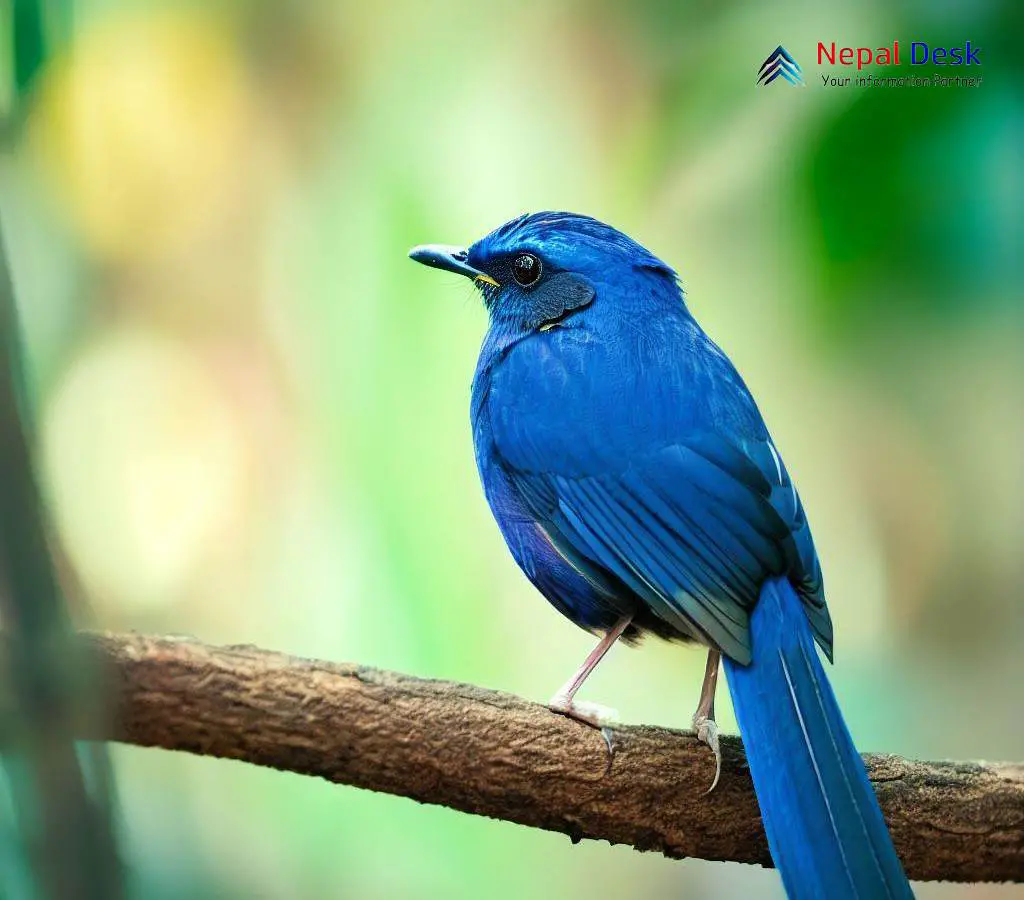
The large niltava (Niltava grandis) is a remarkable bird belonging to the Muscicapidae family. This exquisite species can be found in a diverse range of countries including Bangladesh, Bhutan, Cambodia, China, India, Indonesia, Laos, Malaysia, Myanmar, Nepal, Thailand, and Vietnam. Its preferred natural habitat is subtropical or tropical montane forests, where it showcases its captivating beauty.
The large niltava’s appearance is nothing short of extraordinary. These avian wonders are adorned with brilliant shades of bright blue that envelop their head, back, neck, and wings. However, what truly sets them apart is the contrast of dark blue on their face and underparts, creating a striking and unforgettable presence within their colony.

Observers often find themselves captivated by the intense blue hues of the large niltava, as they almost seem to catch and reflect light in a truly eye-catching manner. It’s no exaggeration to say that these fluffy creatures are truly a sight to behold. In contrast to the vibrant males, female large niltavas exhibit a dark olive-brown hue with subtle blue patches on the sides of their throats. This coloring extends to their wings and tail, creating a harmonious and balanced appearance.
Belonging to the Muscicapidae family, the large niltava boasts a relatively stable population. It holds a distribution that spans across the Indian Subcontinent and Southeast Asia, ranging from India, Bangladesh, and Nepal to Cambodia, Bhutan, China, Indonesia, Laos, Malaysia, Myanmar, Thailand, and Vietnam.

These striking birds make their homes within dense, moist tropical forests, and they are even known to inhabit rural gardens. The large niltava sustains itself primarily on an insect diet, complemented by other invertebrates and wild berries. During the breeding season, female large niltavas exhibit remarkable nest-building behavior. They create their nests among boulders and tree hollows, and they are even known to craft holes in rotting tree stumps to lay their eggs. Constructed from moss and plant fibers, these nests serve as a safe haven for the incubation of 2-5 eggs over a span of around 15 days. The nurturing process continues as they feed the chicks for approximately 14 days until they are fully fledged, ready to venture out of the nest and embark on their independent hunt for food.
The large niltava is a testament to the breathtaking beauty of the avian world, showcasing nature’s artistic prowess in its vibrant plumage. Its presence adds to the rich tapestry of biodiversity in the regions it inhabits, and its unique behaviors and habitats remind us of the delicate balance that sustains our natural world.




